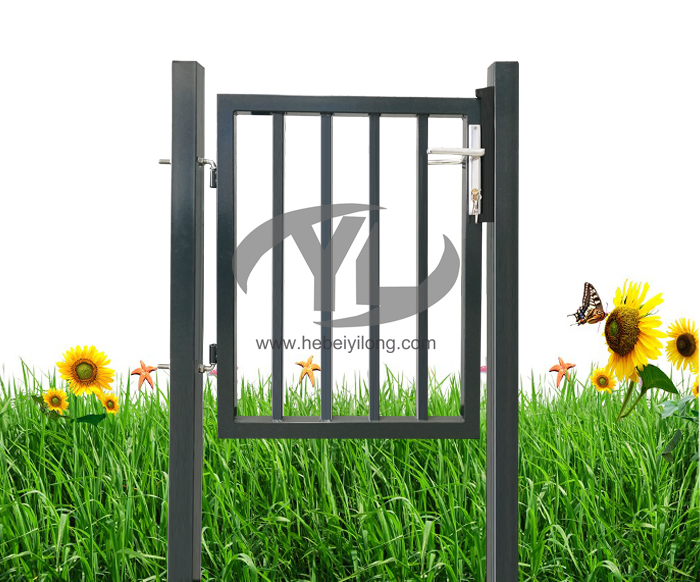As they say, a good fence is a good neighbor. Unfortunately, fences often divide us and weaken the environment rather than improve the situation and bring people together.
Of course, fencing is often required for a number of reasons. For example, we may need to fence off pets or livestock. However, the first thing you should ask yourself when looking for sustainable fencing ideas is whether or not you really need a fence.
For example, when a fence is only used to mark property lines, privacy, or fencing, it may be better not to use a fence, but to use plants instead.
Hedges and hedges such as willows are usually the best solution. Using native trees and shrubs for wind protection, hedges, or clapboards is often better for you, your neighbors, and local wildlife.
You can create a border with fruit trees or fruit bushes, or a looser, more informal border with taller herbs and perennials, to name just a few other examples.
There are many planting options that can help define, protect and improve the comfort of your garden more effectively than fencing. These may be more sustainable solutions than artificial fencing.
If you need permanent pet or livestock fencing, the choice of material will make the difference. What your fence is made of and where those materials come from is critical for those who want to lead a sustainable and environmentally friendly lifestyle.
The most sustainable way to make a fence is to use natural materials, preferably from your own space or your surroundings.
You can also make walls from natural materials as an alternative to curbing. For example, you can create:
You can also create sustainable fencing using recycled materials, which are cheaper, maybe even free, and have a much lower material cost to people and the planet.
Use your imagination and you will find that there are many ways to make a good fence out of materials that would otherwise be thrown away. You can even pile household waste into fences or walls in your home – using glass bottles is just one example.
Even where artificial building envelopes are required, it is important to think about how to increase biodiversity and improve the comfort and visual appeal of the space. A single fence, without artificial plantings, will never be as green and sustainable as it should and should be.
Creating a hedge or border planting next to a fence is good for wildlife, any livestock you may have, and for yourself. You should also consider adding appropriate vines and vines to your designs.
There are many different ways in which vegetation can be combined with man-made building envelopes that can enhance their function and performance, as well as provide a range of additional benefits and yields.
Stable fencing should always be considered as part of the overall design. Don’t consider adding any fences in isolation. Make sure you carefully consider how it fits and blends in with the rest of your garden.
In your garden, every element you add (including fences) should serve multiple purposes. So, before you decide to use a fence, think carefully about what exactly you want to achieve and what additional functions the fence can perform.
For example, a fence used to house pets or livestock can also be a trellis for climbing plants, provide shelter or wind protection for border planting, provide habitat for wildlife, be a composting solution for a small space, etc.
If you consider all of the above, you will be able to find the best solution or solutions for your needs and create new fences without negatively impacting people and the planet.
Post time: Aug-30-2022





